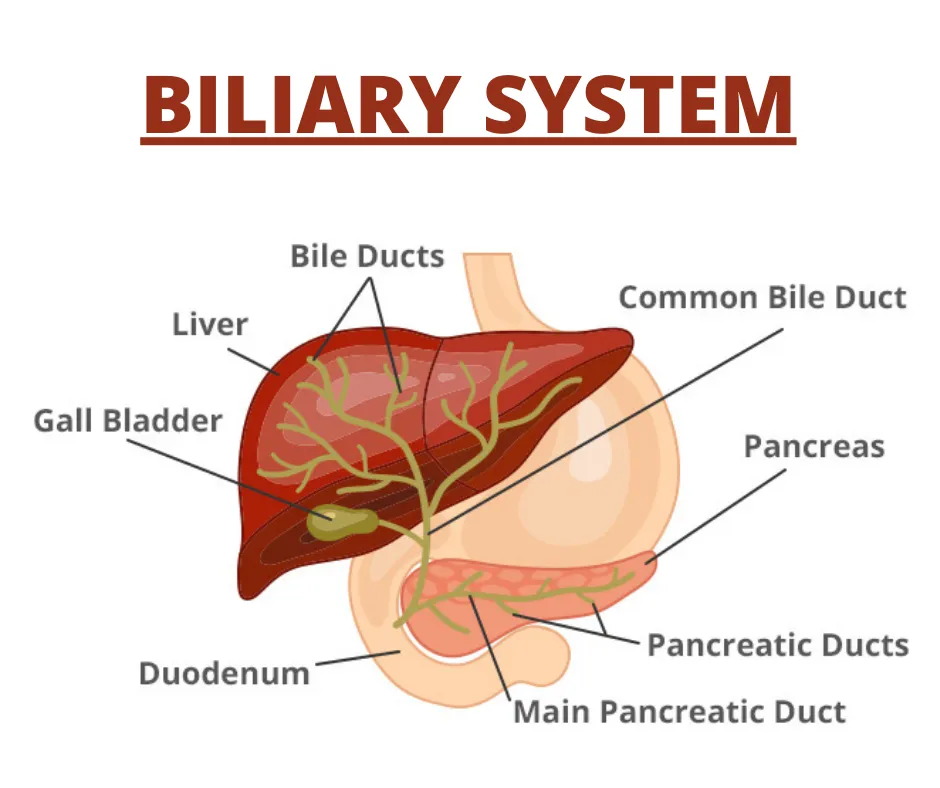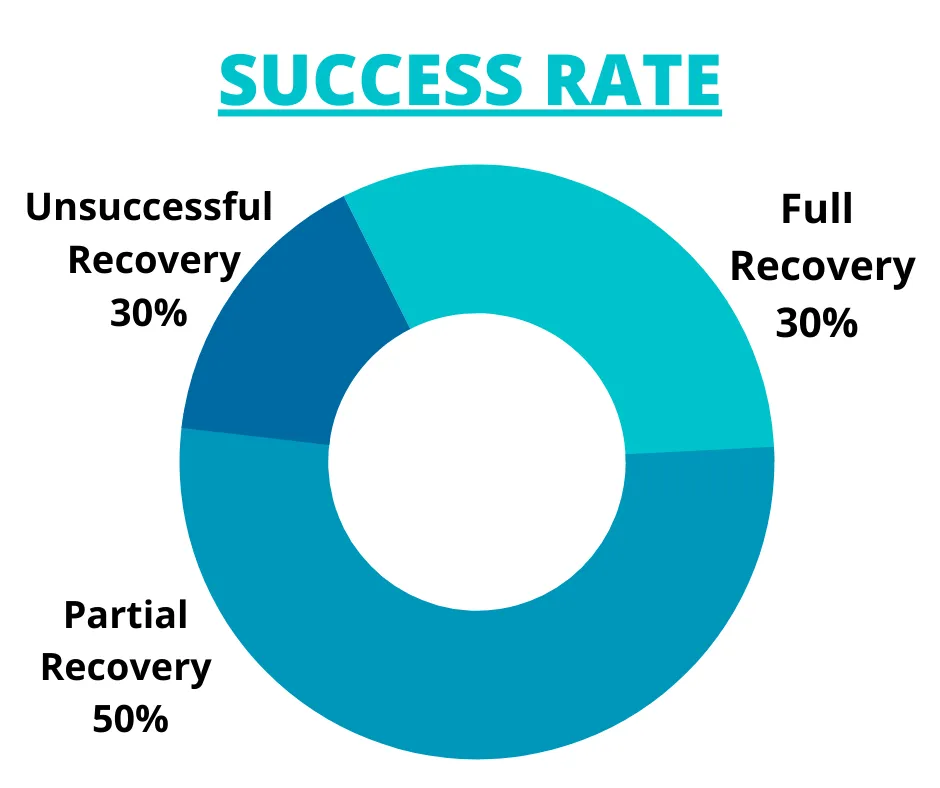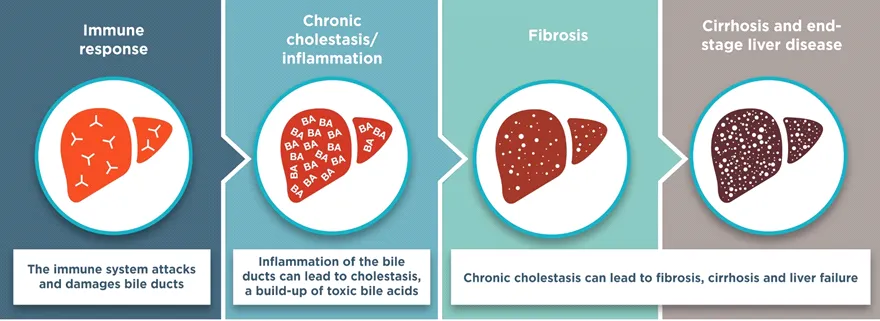Biliary disease is a medical condition associated with bile ducts, gall bladder, and other structures associated with the bile, its production, and transportation.
Dr. Gaurav Gupta, Head of Liver Transplant and HPB Surgery Department at Fortis, Mulund, Mumbai. He is well known to provide the best Liver Transplant surgery and Liver And Biliary Disease Treatment in Mumbai.
Biliary Atresia

This medical condition begins soon after birth. It refers to the inability of the bile, a digestive fluid to drain out from the liver due to the absence of the bile ducts. The ducts are essential to allow the bile to travel to the duodenum – the first part of the small intestine.
Biliary atresia is a progressive condition that happens after birth. In this condition, the liver gets damaged as the bile is trapped inside the liver which scars the liver cells too leading to liver cirrhosis in the long run.
Symptoms of Biliary Atresia
- Early-onset of jaundice within 2 – 3 weeks after birth
- Dark urine, light-colored stools
- Yellowing of eyes and skin
- Enlarged but firm liver with a swollen abdomen
- Failure to thrive- inability to gain weight.
Diagnosis of Biliary atresia
- Doctor’s examination
- Blood test for knowing the increased levels of bilirubin
- Sonography imaging to detect the presence or absence of gall bladder.
- HIDA scan
- Liver biopsy
Treatment of Biliary atresia
Surgery to remove the blocked ducts and connect the small intestine directly with the liver at the place where the bile is likely to be present. This procedure is also known as the Kasai Procedure.
Recovery after Surgery

It is very essential to detect biliary atresia in the early stages and perform corrective surgery as soon as possible. For instance, the success rate of a surgery performed on a baby before it turns two months old is much higher say approximately 30% can expect full recovery while just 50% have experienced partial recovery while 15 – 20% of patients need not have a successful recovery.
In case of the poor results of the corrective surgery, the patient’s liver is likely to get damaged further leading to liver cirrhosis. In the future, the patient will require a liver transplant to survive.
Pediatric liver transplant is rated as the most reliable and corrective surgery to treat newborn babies born with biliary atresia across the globe.
Primary Biliary Cirrhosis (PBC)
Primary Biliary Cirrhosis is a gradual disease that destroys the bile ducts and hampers the digestion process. Bile is essential for the digestion of fats and when the ducts of the bile get damaged, it accumulates in the liver causing harm to the liver tissue. In the long run, the patient develops cirrhosis leading to malfunctioning of the liver.
Symptoms of Primary Biliary Cirrhosis
- Fatigue and itchiness in the skin
- Jaundice – Yellow skin and eyes
- Fluid retention
- Deposits of cholesterol on the skin
- Mouth and Eyes become dry
Accompanying health issues include
- Arthritis
- Thyroid
- Osteoporosis
Diagnosis of Primary Biliary Cirrhosis
The liver transplant surgeon diagnoses the extent of the disease through medical examination, CT scan, laboratory tests, and liver biopsy, if essential.
Primary biliary cirrhosis is found more in women than in men especially in the age group of 30 – 60 years. Its likely cause seems to be issued within the immune system of the patient.
Treatment
- Regular medical check-ups
- Hormone therapy
- Vitamin and calcium supplements
- Ursodiol – a bile acid that helps in breaking down cholesterol and improves the flow of the bile in patients suffering from primary biliary cirrhosis.
Liver Transplant is the last option if the liver damage is severe. A liver transplant is also indicated in case of poor quality of life. Failure of medical therapy is an indication of a liver transplant. Such treatments require utmost care and latest medical developments. Patients all over the world opt for Liver Treatment in India
Primary Sclerosing Cholangitis (PSC)

Primary Sclerosing Cholangitis (PSC) is yet another type of liver disease in which the bile ducts located within the liver and outside are affected. These ducts get inflamed and scarred and get blocked. The bile collects in the liver and is unable to flow out leading to damage in the liver and liver failure eventually.
The cause of Primary Sclerosing Cholangitis is not yet determined but the possible association with ulcerative colitis, immunity issues, viruses, and bacteria.
Primary Sclerosing Cholangitis is a disease that progresses slowly. Also, the disease can strike in individuals in the age group of 30 – 60 years. Primary Sclerosing Cholangitis affects males majorly. Long-standing structure in bile ducts due to PSC can lead to Liver cancer also.
Symptoms of Primary Sclerosing Cholangitis
- Fatigue
- Jaundice
- Itching
- Yellow eyes and skin
- Chills and fever on account of infection in the bile ducts
Diagnosis
Cholangiography is a special test that is performed to detect PSC. In this test, bile ducts are opacified with help of dye to look at their anatomy. Cholangiography is performed through:
- Endoscopy – ERCP – endoscopic retrograde cholangiopancreatography
- Magnetic Resonance Imaging – MRCP
Treatment of Primary Sclerosing Cholangitis
- Supplements of Vitamins A, D, and K
- Medicine to relieve itching
- Antibiotics to treat infection
- Surgery to resolve blockage in the bile duct
- Liver transplant
For critical procedures like these, patients are recommended to undergo Liver and Biliary Disease Treatment in Mumbai as the city is equipped with expert surgeons and world-class infrastructure.
Frequently Asked Questions
When is Liver Transplant indicated in PCS?
Liver transplant is the last resort in PSC patients. Liver transplant is indicated in patients where there is the failure of medical therapy and the patient continues to experience symptoms and have a poor quality of life. A liver transplant can relieve these symptoms and gives a very good quality of life.
PSC can lead to secondary Liver cirrhosis. In this condition also Liver transplant is indicated. PSC can lead to a tight narrowing in bile ducts. The long-standing narrowing can lead to cancer- cholangiocarcinoma. In this condition also liver transplant can be the only cure for patients.
How is primary sclerosing cholangitis treated?
How is Primary Sclerosing Cholangitis diagnosed?
What are visible symptoms of Primary Sclerosing Cholangitis?
The symptoms of Primary Sclerosing Cholangitis vary from patient to patient. Some patients do not complain of any symptoms while some complaint of fatigue, itchiness, yellowness of eyes and skin, jaundice, pain in the upper right side of the abdomen, and so on.
However, patients suffering from Crohn’s disease or ulcerative colitis are likely to develop Primary Sclerosing Cholangitis.
